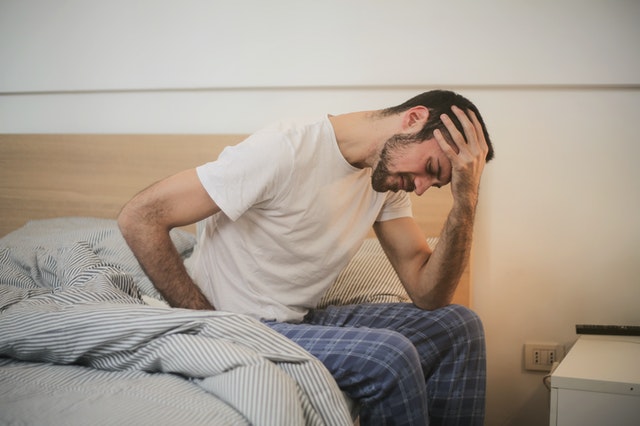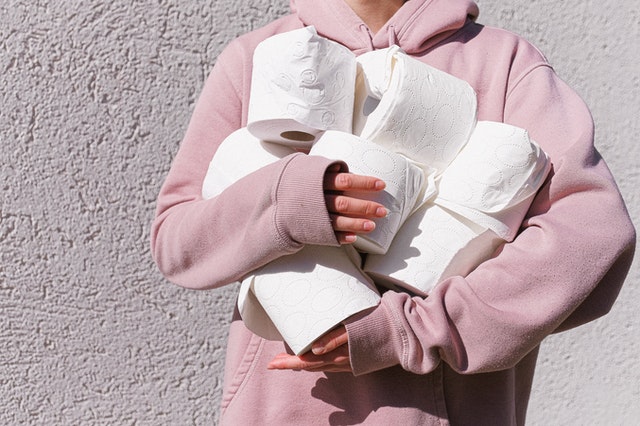Urinary incontinence is a common worry for many men and women. It can be embarrassing at times and cause you immense stress. They often feel uncomfortable socializing and gradually withdraw from normal life. Many people avoid discussing it with their peers just because of the fear of being ridiculed.
Women especially keep away from admitting such issues while it is found that a larger number of women face incontinence compared to men. Also, incontinence in women during pregnancy is common and gets cured naturally. For those who do not see any improvements or feel the condition is getting worse, it is essential to open up and seek help from your doctor or GP.
To provide more information in this article, we discuss Urge Incontinence, which is a type of urinary incontinence. Please keep reading to know more.
What is urge incontinence?
Urge incontinence is the condition that causes people to experience sudden urges to wee. It is due to unusual contractions that your bladder undergoes at the most inopportune times. Some urine also gets leaked through the sphincter muscles of the urethra due to these contractions.
This condition is often misunderstood for “overactive bladder”. But both these are different as a person with an overactive bladder only feels the need to urinate often and does not face urine leakage.
What are the symptoms?
The symptoms of urge incontinence and their severity might vary from person to person. But the most common amongst them include:
- Sudden urge to urinate
- An involuntary loss of urine
- Frequent need to urinate including at night
If you experience pelvic muscle pain along with incontinence, you must visit your doctor.
What causes urge incontinence?
The most common cause of urge incontinence is the dysfunction of bladder muscles. It is often linked to old age. But aging is not the only contributing factor. And not all who age have to encounter this condition. It may be triggered due to the following reasons:
- Excess consumption of fluids such as tea, coffee, aerated drinks, alcohol
- Neurological conditions that interfere with the brain’s signals to organs such as Multiple Sclerosis (MS) or Parkinson’s disease
- Constipation
- Poor bladder habits
- Bladder infection
- Bladder inflammation
- Bladder stones
- Obstructions in the urinary tract
- Bladder cancer
- Trauma from injuries to the nervous system
- Stroke
Which treatments can help?
For an average urge incontinence patient, a mixed treatment of choosing a healthy lifestyle and exercising regularly can improve the condition. However, if symptoms do not improve or worsen, the doctor might suggest some medications. The common treatments for urge incontinence are:
#1 Lifestyle changes
The foods and drinks you consume, the number of hours you sleep, and other lifestyle habits contribute to maintaining the health of your muscles. Changing the foods, you consume can ease bladder irritation. Limit your intake of caffeine, alcohol, spicy and acidic foods, and artificial sweeteners.
Keep a track of your bowel movements and reduce constipation by increasing fibre intake. Constipation puts a lot of pressure on your bladder and increases the urge to empty it often. Maintaining a healthy weight is also a crucial way to fight urge incontinence. Take enough rest and inculcate healthy habits that reduce stress.
You can also try wearing clothes such as compression garments that help you improve this condition. Ask your doctor about it.
#2 Kegel exercise
One cause of incontinence is pelvic floor muscle weakness. Kegel exercises help you strengthen the muscles involved in holding urine. These can be done at home and does not require any equipment in normal cases.
Kegel exercise includes contracting and relaxing your pelvic floor muscles for 5-10 seconds at a time. Contracting those muscles is much like stopping urine midstream. Hold the muscles in this position for about 5-10 seconds and then relax them for the same duration. Repeat this exercise for as much as you can thrice per day.
If confused, you can always ask your doctor or physiotherapist to guide you about the right way to do them. Also, inform them about the results of doing this exercise.
#3 Bladder retraining
Unhealthy bladder habits also cause urge incontinence. It is when your bladder is empty, but you go to the bathroom thinking “just in case”. Repeatedly doing this will result in weakening of your muscles. Hence, bladder retraining helps improve your habits and rewire the bladder muscles.
It involves urinating only at specific and scheduled times each day. Try not to urinate at other times. For example, you can choose to urinate every hour in the beginning. Then reduce the number of times you urinate and stretch the interval slowly.
Things to keep in mind:
Urge urinary incontinence does not usually have any complications. But if your symptoms are merely not limited to the sudden urge and leakage of urine, you must consult your doctor. It may indicate the presence of other complications. These extra symptoms can include pain or a burning sensation when urinating.
You may want to see your doctor in case of:
- Bladder infection
- Bladder inflammation
- An obstruction
- Bladder or kidney stones
Some tips you can practice helping alleviate this condition can be:
- Going to the loo regularly, especially before physical activity
- Not drinking liquids right before you go to sleep
- Avoid lifting heavyweights
- Losing excess weight
- Maintaining a healthy routine
The takeaway:
Just like any other normal health condition, urge incontinence can also be treated with the right care. If you do not see any improvements even after following these natural habits, you can convey the same to your doctor. They may then move towards treating your condition using medications and surgery.
Please do not shy away from sharing your problems with doctors anymore. It is time you let your concerns be heard and get treated.

